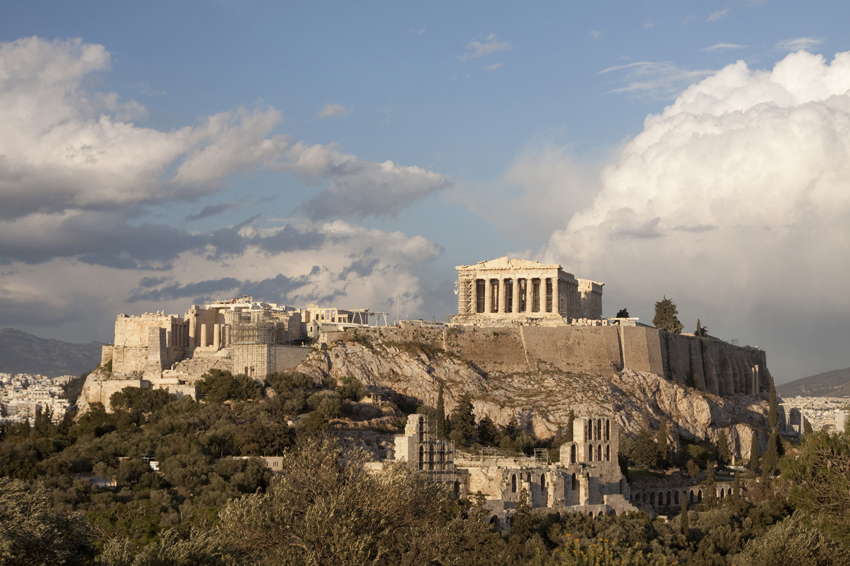A History of Western Society: Printed Page 80

PRIMARY SOURCE 3.3
The Acropolis of Athens
The natural rock formation of the Acropolis probably had a palace on top as early as the Mycenaean period, when the palace was also surrounded by a defensive wall. Temples were constructed beginning in the sixth century B.C.E., and after the Persian wars Pericles ordered the reconstruction and expansion of many of these, as well as the building of new and more magnificent temples and an extension of the defensive walls. The largest building is the Parthenon, a temple dedicated to the goddess Athena, which originally housed a forty-foot-tall statue of Athena made of ivory and gold sheets attached to a wooden frame. Much of the Parthenon was damaged when it was shelled during a war between Venice and the Ottoman Empire in the seventeenth century C.E., and air pollution continues to eat away at the marble.

EVALUATE THE EVIDENCE
Question
Imagine yourself as an Athenian walking up the hill toward the Parthenon. What impression would the setting and the building itself convey?
Question
What were the various functions of the Acropolis?